What Are Clefts?
1 in 700 babies are born with a cleft lip and/or palate globally. Clefts can cause difficulties eating, breathing, hearing, and speaking.
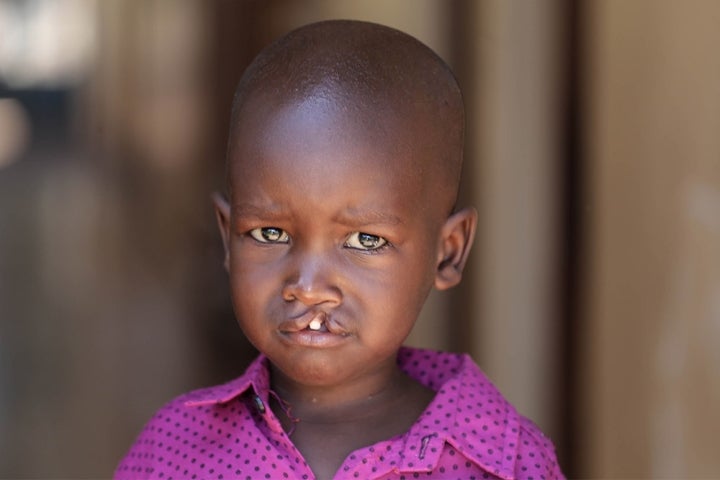
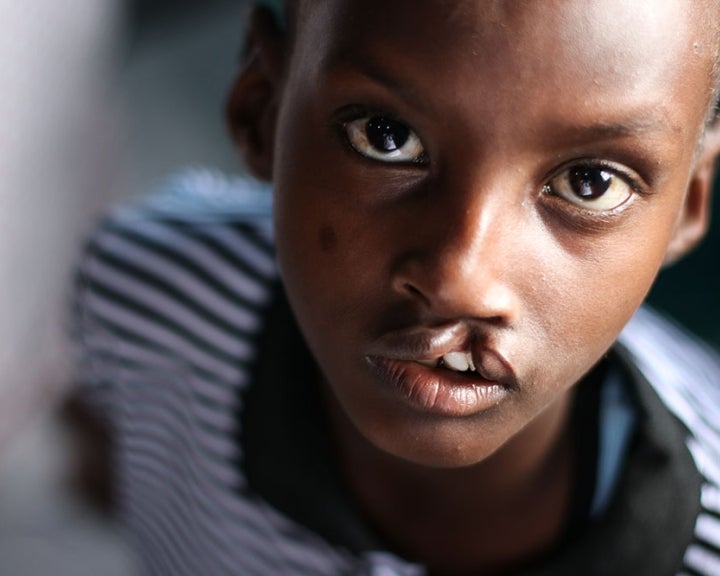
What Are Cleft Lips and Palates?
Clefts occur when certain body parts and structures do not fuse together during fetal development. They can involve the lip and/or the roof of the mouth, which is made up of both the hard and soft palates. Around the world, many children with clefts will never receive the life-changing – and often even lifesaving – surgery they need.
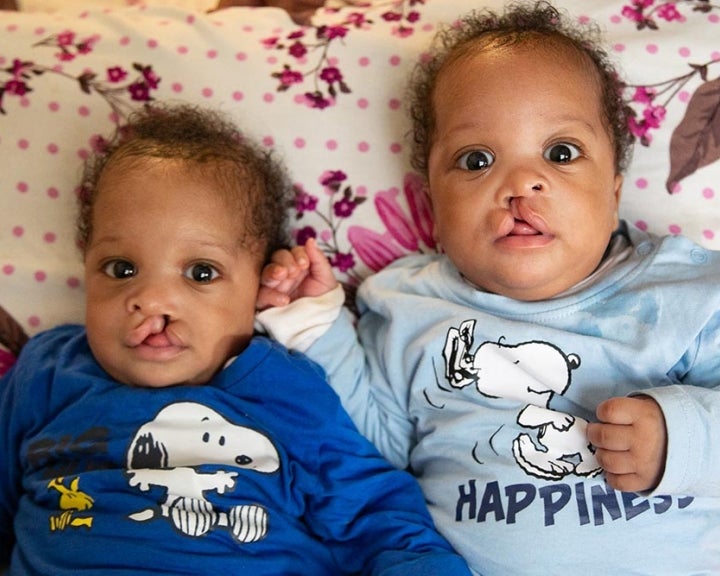
How Common Are Clefts?
There are varying opinions on the actual incidence of clefts, but most experts agree that, in part, it depends on ethnicity. Some experts say that the highest incidence is among Asians (approximately 1 in 500 births). Caucasians have an average incidence of 1 in 700 births and individuals of African descent have the lowest incidence, at approximately 1 in 1,200 births.
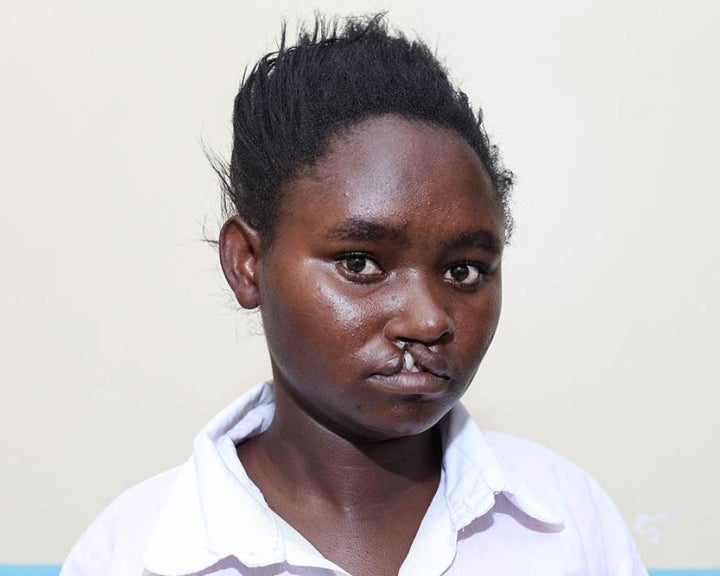
What Causes Clefts?
No one knows exactly, but most experts agree that clefts can be caused by any of a number of factors, including genetic predisposition or environmental factors such as maternal drug and alcohol use, infection, or lack of Vitamin B, also known as folic acid. In most cases, it is not known why any given person has a cleft, but research is ongoing to better understand the condition.
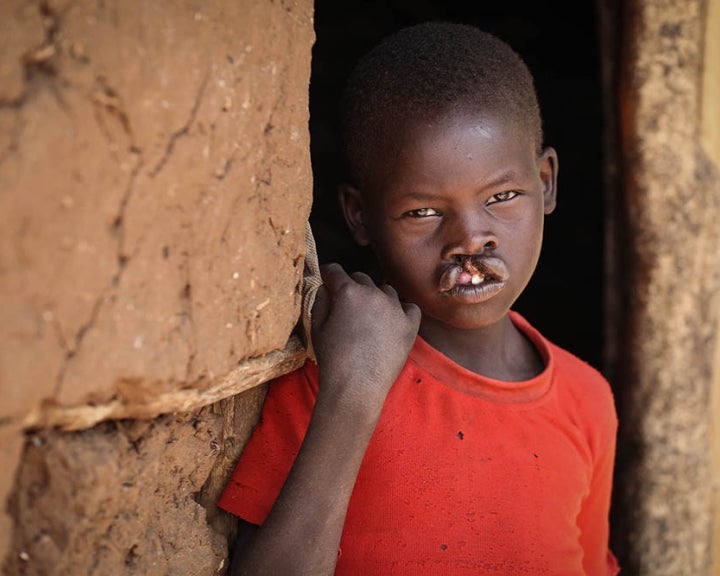
What Does it Mean to Be a Child with an Untreated Cleft?
Children with untreated clefts face physical difficulties eating, breathing, hearing, and speaking. Cleft treatment alleviates many of these difficulties, ultimately enabling them to thrive.

Can Clefts Be Treated?
Yes.
The transformation cleft surgery offers is immediate. Children see their smile for the first time, parents find hope and cry tears of joy, and lives and communities are changed forever.
